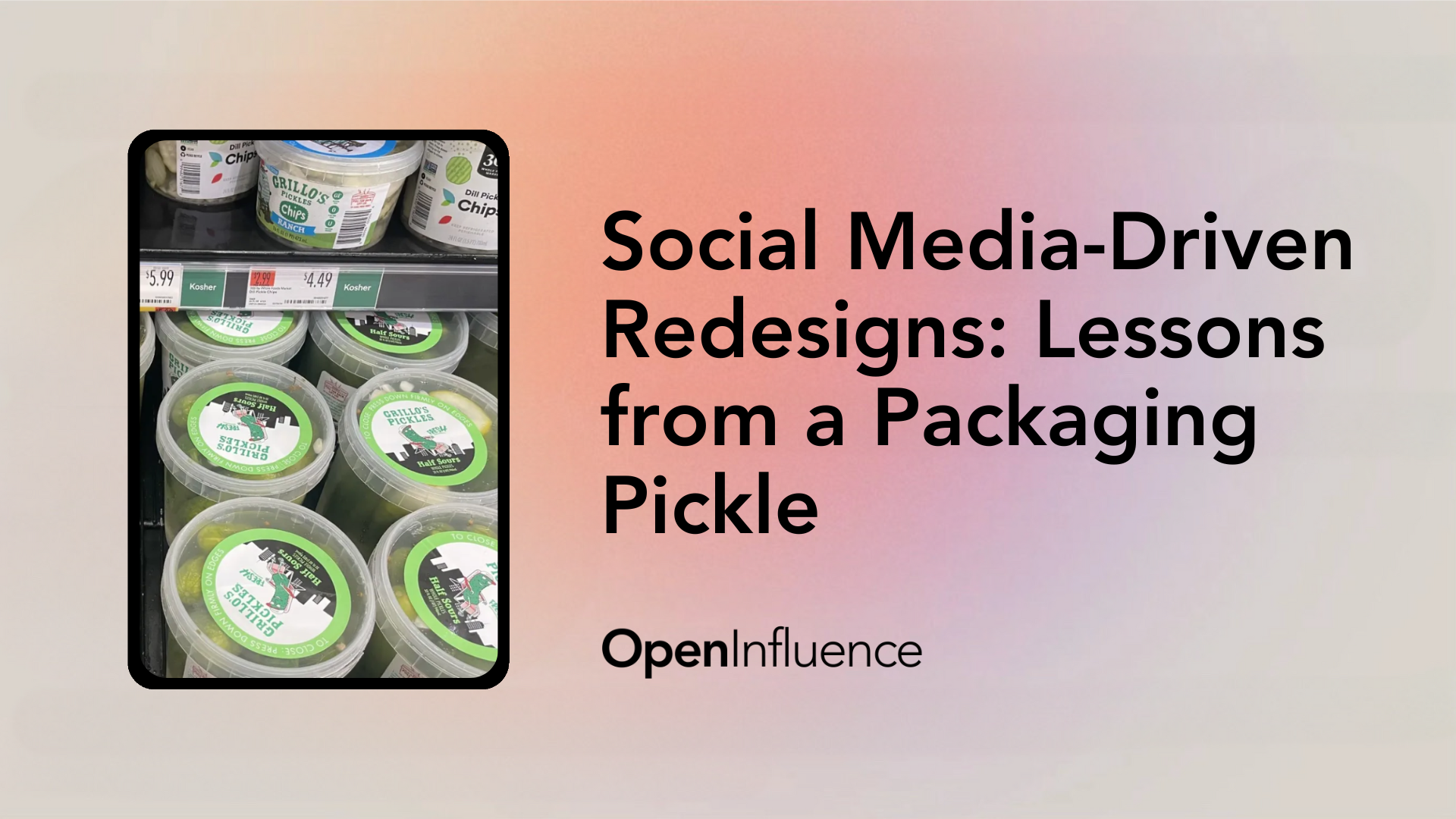Platforms such as Instagram and TikTok have created space for packaging to go viral for not-so-good reasons. But they also give brands a potentially powerful new tool for garnering feedback.
Consumers on social media were loud and clear about their thoughts on Grillo’s Pickles. They loved the pickles, but hated the packaging.
Pickle juice leaked or spilled in the refrigerator, and consumers reported hurt fingers or broken nails when opening the lid, according to Eddie Andre, vice president of branding at Grillo’s Pickles. “We knew the jar was our biggest consumer pain point,” Andre said in an email.
Grillo’s took the years of consumer feedback to heart and worked with its packaging partner, Berry Global, to develop a solution. It settled on a lid change, switching from a model that lifts up to a continuous thread closure design, which debuted this spring and is in the process of rolling out to store shelves.
“Now you can twist off the lid with no spills or sore fingers,” Andre said.
It’s not just Grillo’s Pickles paying attention to the social media dialogue. As people spend more time on social media, other brands are evolving beyond more traditional feedback tools like focus groups to use social listening to collect and analyze consumer feedback and monitor criticism. In some cases, that leads to changes in their products or packaging.
“There’s really a good opportunity to meet consumer needs,” said Wendy Scherer, managing partner of the Social Studies Group, an organization focused on social media research.
Listening to consumers
Social media platforms are nearly impossible to ignore and offer a gold mine of information for consumer-facing brands to understand how their products and packaging are performing.
The use of social listening ticked up during the pandemic, when people were purchasing more products online, said Jenifer Golden, senior director of partnerships and innovation at Open Influence, a marketing agency working with content creators. Today, it’s estimated that more than 62% of the global population uses social media, with average daily use exceeding two hours.
Before social media, brands often relied on focus groups for feedback, Scherer said. Focus groups can be costly and time intensive, and they typically involve a marketer asking a question, and participants thinking through their answers.
Conversely, “If they just put it out there on social media, it’s unsolicited,” Scherer said. “I feel like it’s more true.”
In today’s age, social media users often look to content creators for reviews, because “they know they’re going to get the honest truth,” about a product or its packaging — whether that’s positive or negative, Golden said.
Read full article here.

